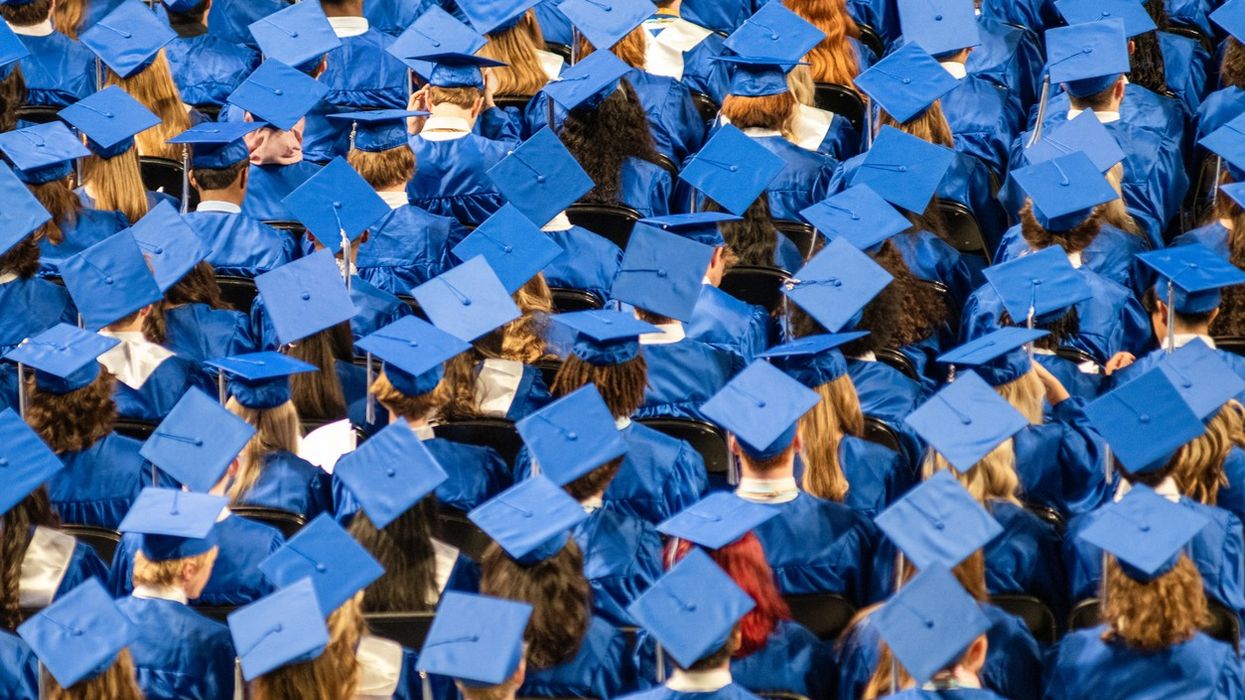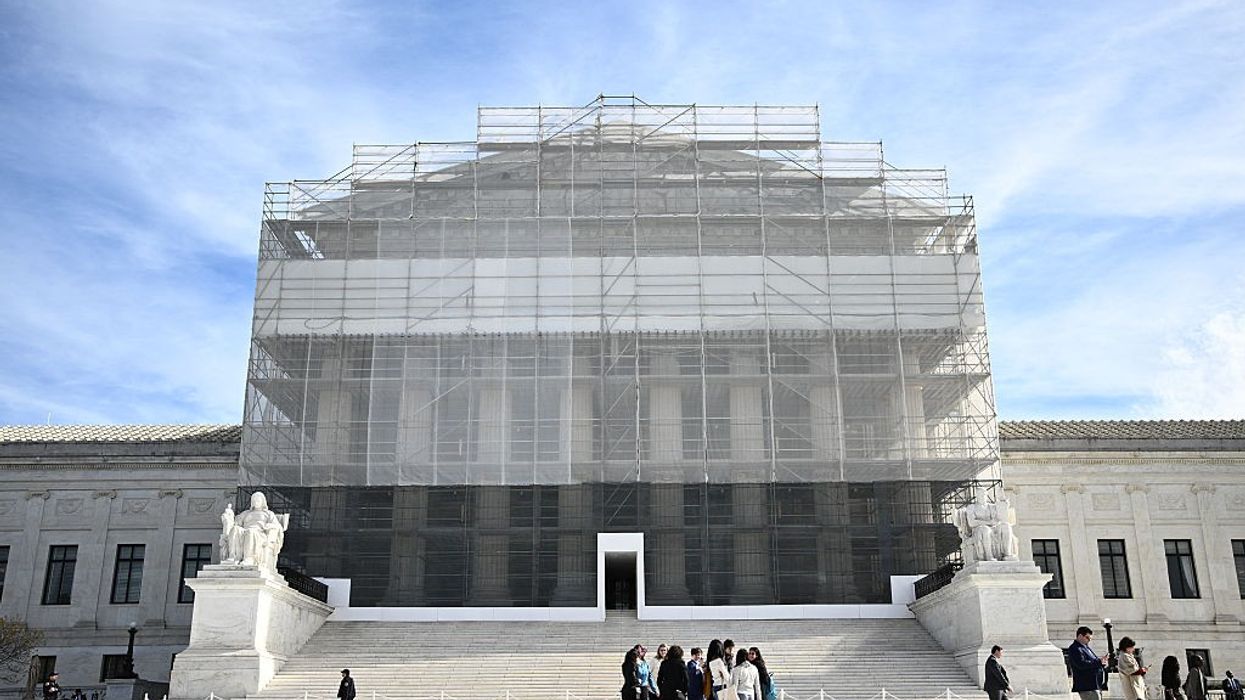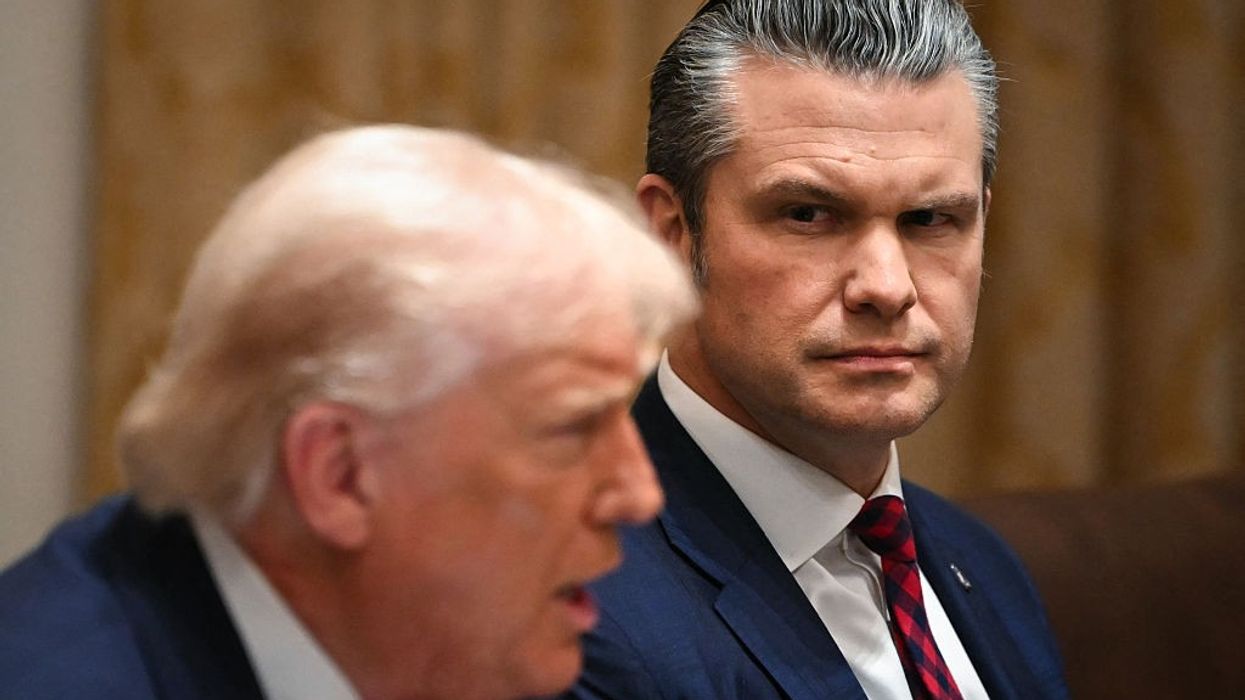Highlights:
- International student arrivals to the US fell 28.5 per cent in July 2025 compared to 2024.
- Indian student arrivals plunged 46.4 per cent, the sharpest drop among all major countries.
- Chinese arrivals declined 25.6 per cent, with other Asian nations also showing steep reductions.
- Trump administration policies, stricter visa vetting, and halted interviews drove the downturn.
- NAFSA warns the decline could cost US universities $7 billion and 60,000 jobs.
International student arrivals to the United States have experienced a dramatic decline in 2025, with notable drops from key countries such as India and China. According to US immigration data, July 2025 saw a 28.5 per cent decrease in arrivals compared to the same month in 2024, and predictions suggest up to a 50 per cent reduction in new student enrollments by the fall semester.
Significant fall in overseas student numbers
In July 2025, only 76,519 international students arrived in the US, down from 106,993 the previous year. Data from the Arrival and Departure Information System (ADIS/I-94)—a branch of the Department of Commerce—highlights the extent of the decline, which excludes early figures from Canada and Mexico. The decrease especially hits new students, who typically arrive in July or early August for university orientations. Universities in Washington, DC, like Georgetown and George Washington, generally start classes around late August, making these months crucial for new international arrivals.
Sharp decline from Asia, especially India
The drop in incoming students is particularly severe from Asia. Government statistics show that Indian arrivals in July 2025 fell by 46.4 per cent, from 24,298 to 13,027 students compared to the previous year. Arrivals from China slid by 25.6 per cent, from 19,634 to 14,601 students. Other notable decreases include the Philippines (-40.8 per cent), Vietnam (-36 per cent), South Korea (-19.7 per cent), and Taiwan (-14.5 per cent), indicating that the trend is widespread across Asian nations.
Policy shifts contributing to the decline
Much of the downturn is attributed to changes under the second Trump administration. The US has introduced several restrictive measures, including halting visa interviews, rescinding visas, stricter vetting protocols (especially social media checks), and threats to eliminate Optional Practical Training (OPT) for graduates. These actions have made it significantly harder for foreign students to obtain and retain student status.
Additionally, travel bans have affected visa eligibility for students from numerous countries, and delayed appointments at US consulates in India and China have exacerbated the situation.
Many currently enrolled students have opted not to travel abroad for vacations or family visits, fearing they might be barred from reentering the US. Universities have advised international students to remain in the country rather than risk administrative roadblocks upon return.
Economic and academic impact
The decline in international students is poised to significantly impact the US higher education sector and the broader economy. International students often pay full tuition fees, contributing not only to university income but also to local economies through housing, transportation, and daily spending. NAFSA—the Association of International Educators—projects a potential 15% drop in total enrollment, which could lead to nearly $7 billion in lost revenue and the reduction of 60,000 jobs across the country.
States such as California, New York, Texas, Massachusetts, and Illinois stand to lose hundreds of millions in economic contributions if current trends persist.
Outlook and concerns
The US remains a top destination for global talent, but the latest numbers highlight concerns about its ability to maintain that status. Policymakers and higher education leaders warn that America’s global preeminence in higher education and innovation is at risk if international student flows continue to decline.















